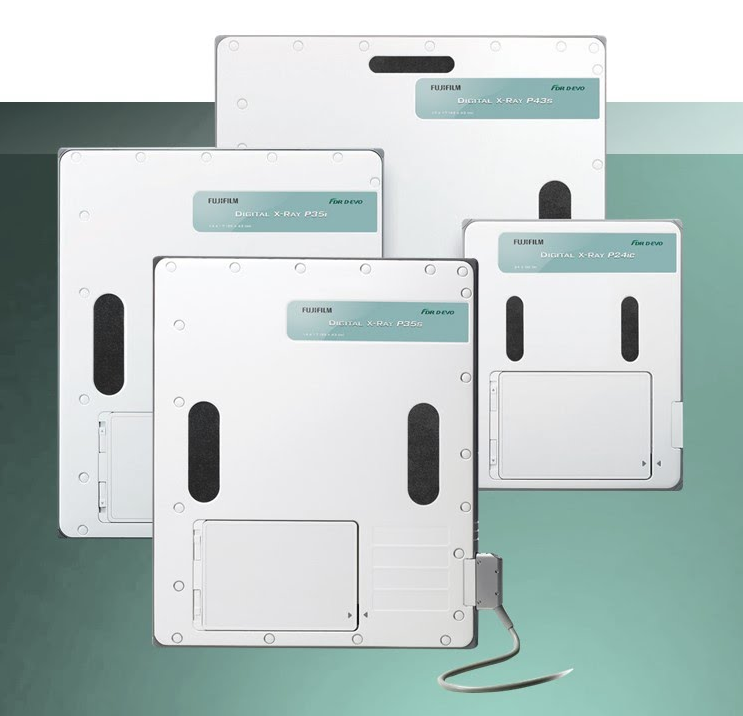
We then use Fourier optics to compute the scattered field in the same plane as the object this will be the starting frame of the animation. We make a circular object that doesn't absorb any light but which has a refractive index which causes a constant phase shift of 0.75 radians. This first part more-or-less repeats the essential bits of my last post. Then, we'll write a function that adds the noise and, in each frame of the animation, call it with the calculated field as an input.
#FUJI DEVO DARK NOISE CODE#
First, we'll setup the Fourier optics code as before to make the hologram. I'm going to assume that we are using the same camera as in my example to record the hologram. Let's see how the hologram from my last post will look like if I add camera noise to it. Please note that the noise model employed in the challenge was for an electron multiplying CCD (EMCCD), so you may find that it differs slightly from what I am discussing here. This modeling approach is taken, for example, in the 2016 SMLMS Challenge, a community-driven competition to identify the best reconstruction algorithms for single molecule localization microscopy. To the best of my knowledge, when dark noise is primarily read noise we may well model it as a Gaussian distribution whose standard deviation is equivalent to the dark noise spec of the camera. (It is however significant in astronomy because of the very long exposure times of several seconds or more, which allows appreciable dark current electrons to accumulate during the exposure.) The camera specs in our example only provide us with the total dark noise, which is not surprising since dark current is not very significant in microscopy or machine vision. Typically we deal with two sources of dark noise: readout (or just "read") noise and dark current. Dark noise (not to be confused with dark current) refers to the noise in the pixels when there is no light on the camera. Step 3: Simulate read noise and dark current ¶įollowing the schematic of the camera model above, we see that we next need to add the dark noise. This step is a bit cumbersome, and in the rest of what follows I will skip this step and will use a set number of photons directly as the input to the simulations, rather than a scalar field. the numer of photons collected by the pixel depends on the product of irradiance $ E \, \left $ and the exposure time $ t_ \, J \cdot m $.There are also a few assumptions in this model that, when taken together, constitute what's called an ideal image sensor. In performing this transformation, various sources of noise are added to the signal so that, given a camera's output in ADU, we can only make probabilisitic inferences about the actual number of photons impinging upon it. In this model, the camera/sensor is a single pixel that takes an input (a number of photons) and transforms this number to an output (a digital value in analog-to-digital units, or ADU). Below, I have adapted the image of the mathematical model presented at the beginning of chapter 2. In particular, chapters 2 and 3 of the Standard provide a very clear and concise description the mathematical model for CCD/CMOS camera noise. creates transparency by defining reliable and exact measurement procedures as well as data presentation guidelines and makes the comparison of cameras and image sensors much easier. From its website:ĮMVA launched the initiative to define a unified method to measure, compute and present specification parameters for cameras and image sensors used for machine vision applications. This document details a standard set of models and procedures to characterize CMOS and CCD cameras and light sensors. All of my methods have made the problem worse or the same (just different).One of the best descriptions of camera noise that I have ever found may be the EMVA 1288 Standard. I’ve also tried spraying the areas with the existing color at different levels of opacity. I just can’t spray the whole area black 😉

I usually start seeing the noise when cropping or zooming.ĭoes anyone have a good method to remove noise from dark areas of photos? I also need to keep the folds and creases in the clothing. These photos have good lighting characteristics. On a couple of photos I get a lot of noise in the dark areas of the photos.

I photograph weddings with my Fuji S7000.

Use move tool to move layer down one pixel and over one pixel First use Rick’s method and then blur slightly where needed. I’m also thinking using both methods together would work well. My other research indicated I could also use gausian blur or figure out which level (R,G or B) has the most noise and blur only that level.


 0 kommentar(er)
0 kommentar(er)
